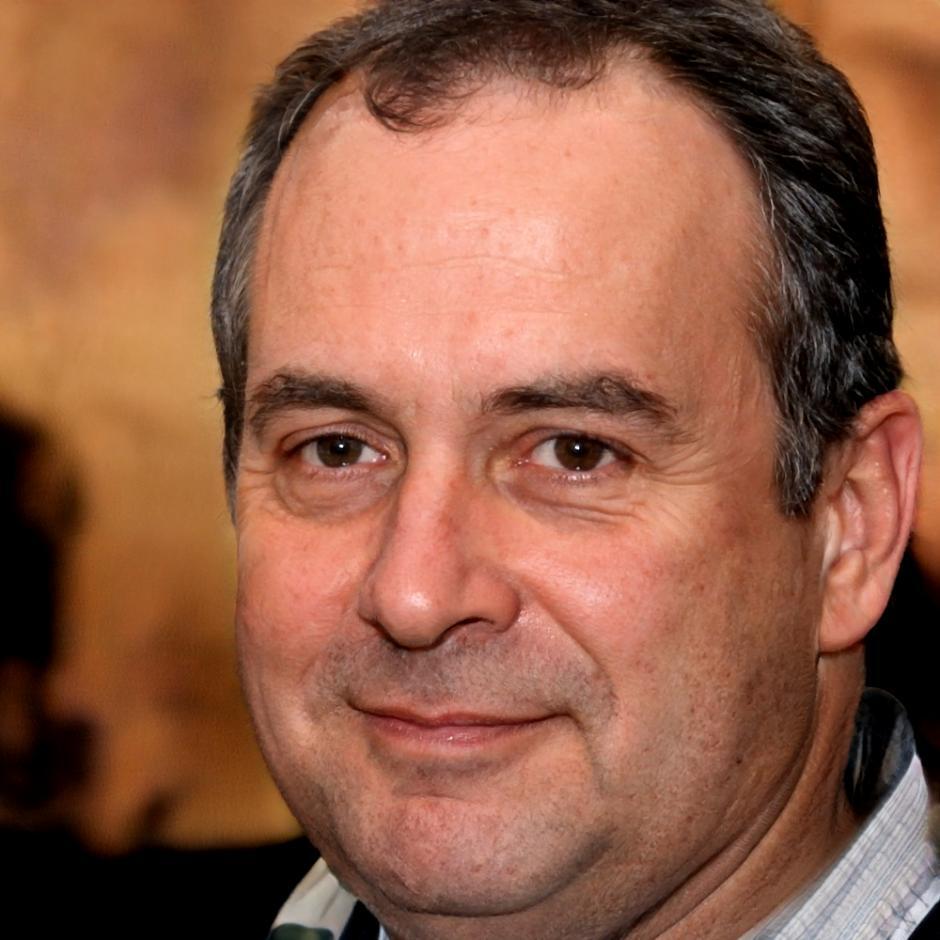Real Projects from Real Learning Journeys
Our students don't just study financial statements—they dissect them. Over the past two years, we've watched participants transform raw numbers into stories about business health, risk patterns, and growth potential.
Each project below represents months of practical work. Not theory. Not textbooks. Just people learning to read between the lines of balance sheets and cash flow statements.
Retail Chain Liquidity Analysis
Connor spent twelve weeks analyzing a mid-sized retail chain's quarterly statements. His focus? Understanding how inventory turnover affected working capital. The project uncovered timing mismatches between supplier payments and customer collections—something the initial data didn't make obvious.
Manufacturing Profitability Study
This one challenged assumptions. A group of three students examined five years of data from a manufacturing business. They mapped how cost structures shifted during expansion phases and identified patterns in gross margin compression that became predictable once you knew what to look for.
Service Industry Comparative Assessment
Cross-sector comparison gets messy fast. One participant compared financial metrics across consulting firms, legal practices, and accounting services. The goal was finding which ratios actually mattered for professional services—and which ones everyone quotes but don't tell you much.

How the Learning Path Actually Works
We don't rush people through content. Financial analysis takes time to sink in—usually around eight to twelve months of steady work before things start clicking. Here's what that journey looks like for most participants.
Foundation Phase (Months 1-3)
Start with financial statement structure. What information lives where and why. Income statements, balance sheets, cash flow reports—you'll read dozens of real examples and start recognizing patterns in how companies present their numbers.
Analysis Development (Months 4-6)
Now you start asking better questions. How do you spot inconsistencies? What trends matter versus which ones are noise? This phase involves comparative work—looking at multiple periods, different companies, various industries. The pattern recognition starts here.
Practical Application (Months 7-9)
Time for your own project. Pick a company or sector that interests you. Dive deep into their financial history. Build models that test assumptions. This is where learning gets uncomfortable—and useful. You'll hit dead ends, revise approaches, and develop judgment about what analysis actually tells you.
Synthesis and Presentation (Months 10-12)
The final stretch focuses on communication. Your analysis only matters if others can understand it. Learn to present findings clearly, back up conclusions with evidence, and acknowledge limitations. This phase prepares you for actual business environments where stakeholders need actionable insights.

Marcus Ellwood
Completed Program: September 2024I thought I understood financial statements after my commerce degree. Turns out I'd been skimming surfaces. The project work here forced me to question assumptions I didn't know I was making. Took me fourteen months total, but the depth of understanding was worth the extended timeline.

Vaughn Pritchard
Completed Program: February 2025The comparative sector analysis project completely changed how I read annual reports. I spent three months just on data collection before I could even start proper analysis. That methodical pace might frustrate some people, but it builds confidence in your conclusions.
Next Program Intake: September 2025
We keep cohorts small—usually around twenty participants. Applications open in June. If you're interested in developing genuine analytical capability rather than collecting quick credentials, this might be worth exploring.
View Full Program Details